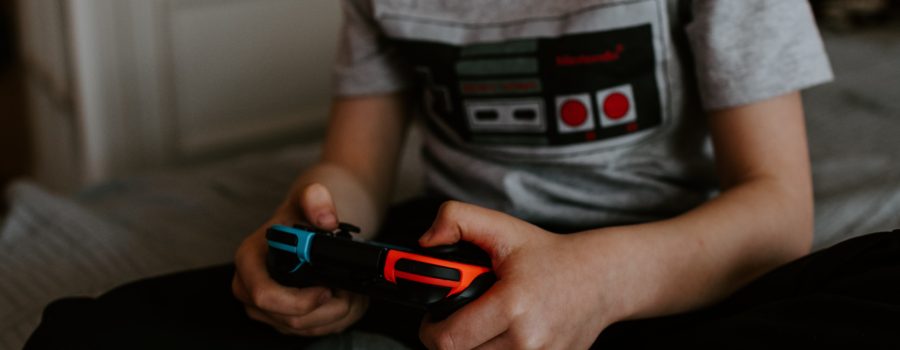In mid-2018 Video Gaming Disorder will be included as a condition in the International Classification of Diseases (ICD-11) according to the World Health Organization. However, the disorder is currently classified under “areas of further research” in the DSM V (used for psychiatric diagnosis) and is called “Internet Gaming Disorder.”
While this may cause a lot of people to roll their eyes, it’s important to note that the inclusion of this disorder will allow health professionals to pay increased attention to the risks of this disorder and relevant prevention and treatment measures. Further, this will allow insurance companies to recognize this problem as a disorder as well.
Video Gaming Disorder is marked by the following criteria:
- Impaired control over gaming.
- Increased priority given to gaming over other activities to the extent that gaming takes precedence over other interests.
- Continuation or escalation of gaming despite negative consequences.
These criteria have to be sufficient enough to cause a severe impact in personal, family, social, educational, occupational, or other area of functioning and have lasted over one year.
The criteria of further research included in the DSM V look similar to other patterns of addiction, such as: preoccupation with games, withdrawal symptoms, the person has tried to stop but has failed, loss of interest in other activities or hobbies, continued overuse despite their knowledge of negative impact on their life, lying about game usage, using gaming to escape feelings of anxiety/guilt, or the person has lost or put relationships at risk as a result of gaming.
Before jumping to any conclusions, and throwing away your family’s video games, consider reasonable ways to create balance around this activity, just as you would anything else in life that has the potential to be addictive, whether it be alcohol, shopping, exercise, sex, or just using a smartphone.



Recent Comments